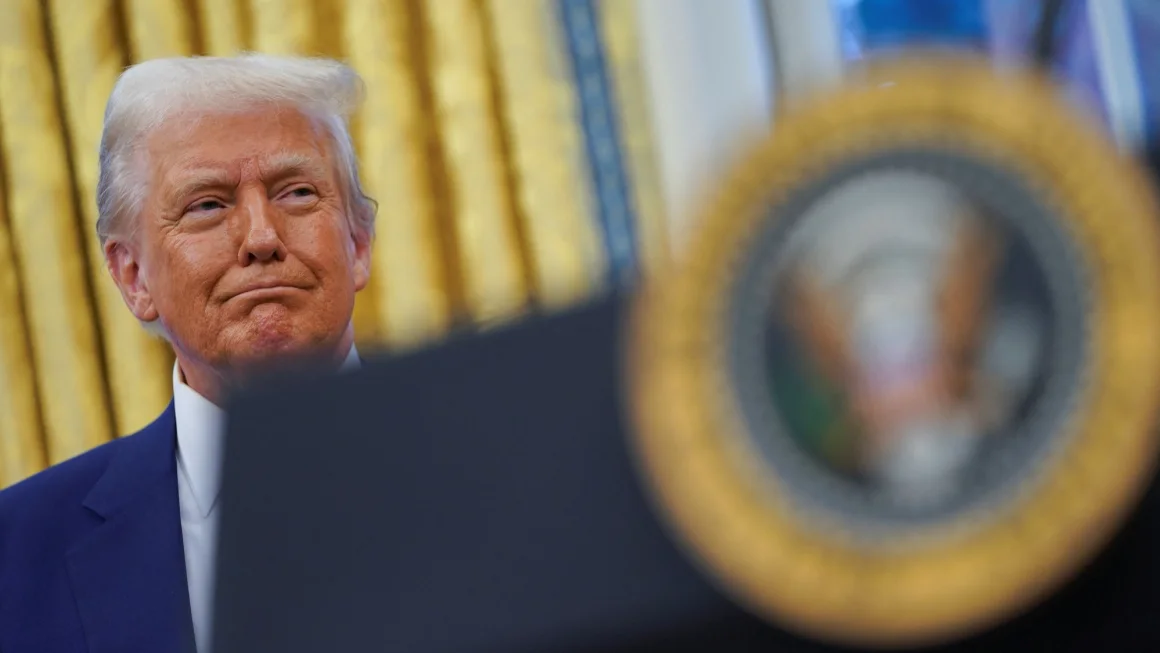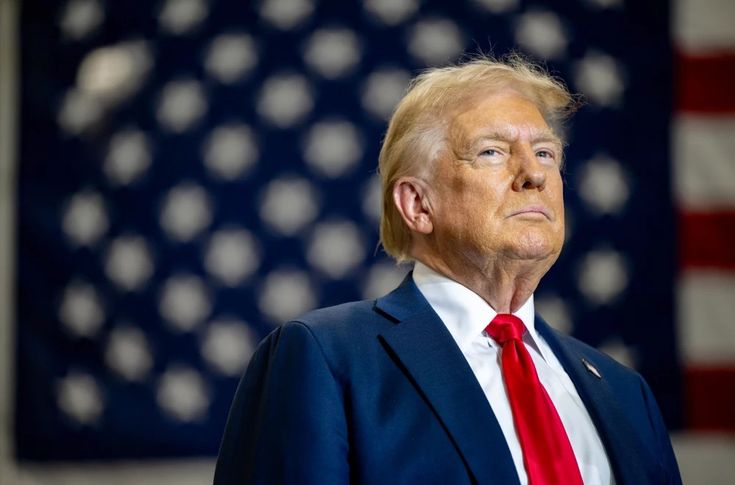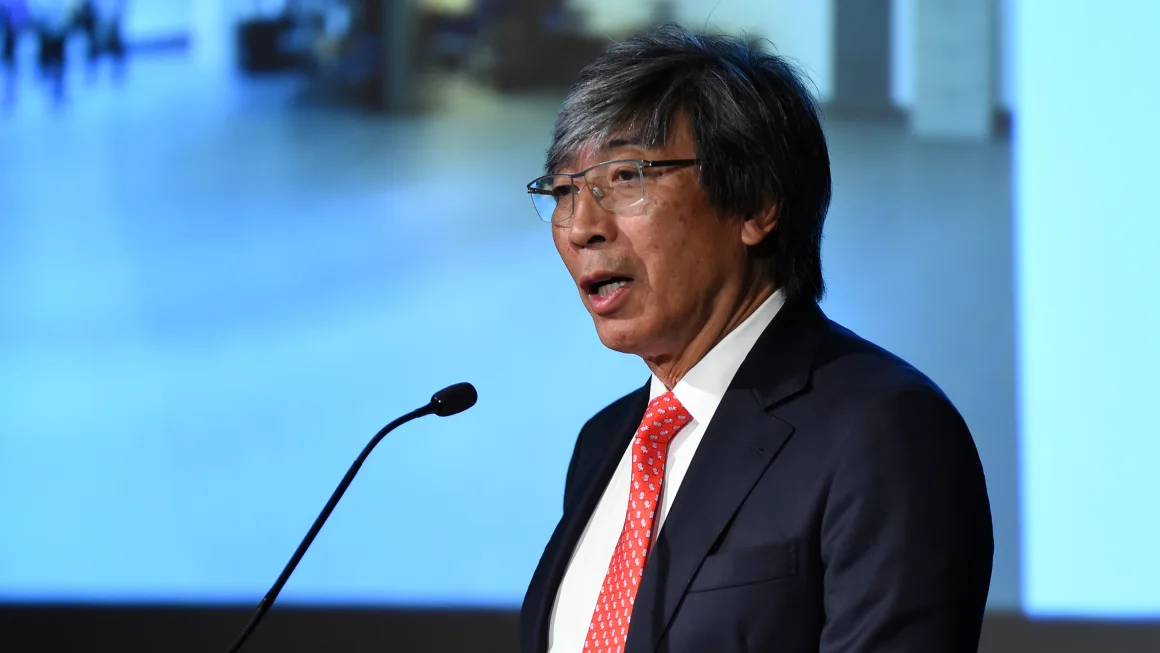Trump Clashes with Federal Reserve Over Interest Rate Decisions. The Federal Reserve has once again defied former President Donald Trump’s demands to lower interest rates, reaffirming its independence as the U.S. central bank. On Wednesday, the Fed announced its decision to keep rates steady, a move that was swiftly criticized by Trump, who has repeatedly called for immediate rate cuts.
Trump’s Reaction
Hours after the Fed’s announcement, Donald Trump took to Truth Social to accuse Fed Chair Jerome Powell and his colleagues of failing to control inflation, stating that they had created the problem in the first place. The former president, who originally appointed Powell in his first term, has previously hinted at the possibility of firing or overriding the Fed chairman, though Powell has asserted that such actions would be illegal.
Trump’s latest criticisms have reignited concerns that, if re-elected, he may attempt to reshape the Fed’s operations, challenging its long-standing independence. His demands for lower interest rates align with his broader economic strategy to stimulate borrowing and boost stock prices, factors that could bolster his approval ratings. However, economists warn that aggressive rate cuts could also fuel inflation, undermining economic stability.
Powell Stands Firm
During a press conference following the Fed’s decision, Powell refused to engage in Trump’s criticisms. “I am not going to have any response or comment whatsoever on what the president said,” Powell told reporters, emphasizing the Fed’s commitment to making data-driven policy decisions.
Powell reiterated that the central bank operates independently from political influence and remains focused on its mandate: maintaining price stability and achieving full employment. He also pointed out that removing the Fed’s autonomy could lead to long-term economic instability, as seen in historical cases where political interference led to prolonged inflation crises.
The Federal Reserve’s Independence
The Fed’s independence has long been considered crucial for maintaining economic stability. Historically, political pressure on the central bank has resulted in economic mismanagement, most notably during the 1970s when President Richard Nixon influenced Fed Chair Arthur Burns to delay rate hikes, contributing to the infamous ‘Great Inflation’ era.
Research suggests that central banks with greater autonomy tend to maintain lower inflation rates and foster stable economic growth. Ellen Meade, a Duke University economist, has found that allowing politicians to dictate monetary policy often leads to short-term economic gains at the expense of long-term financial health.
Can Trump Challenge the Fed’s Authority?
While Trump cannot directly fire the Fed chair without cause, he may attempt to challenge the legal framework protecting the central bank’s independence. Legal scholars note that a Supreme Court ruling in 2024 reinforced the president’s broad removal powers under Article II of the Constitution, potentially opening the door for Trump to contest the Fed’s autonomy.
However, requiring Fed officials to meet with the president and explain policy decisions may be an easier battle for Trump to win. The Constitution grants the president the authority to request opinions from department heads, and Trump could leverage this to exert greater influence over the Fed’s decision-making process.
Potential Economic Consequences
If Trump succeeds in undermining the Fed’s independence, financial markets could experience increased volatility. Analysts warn that removing safeguards around monetary policy could lead to erratic interest rate decisions, higher inflation expectations, and uncertainty in global markets. Investors and economists alike are closely watching how Trump’s rhetoric and potential legal battles may impact the Fed’s ability to function independently.
As the debate continues, Powell and his colleagues remain steadfast in their commitment to economic stability, resisting political pressures while navigating an increasingly uncertain economic and political landscape.














